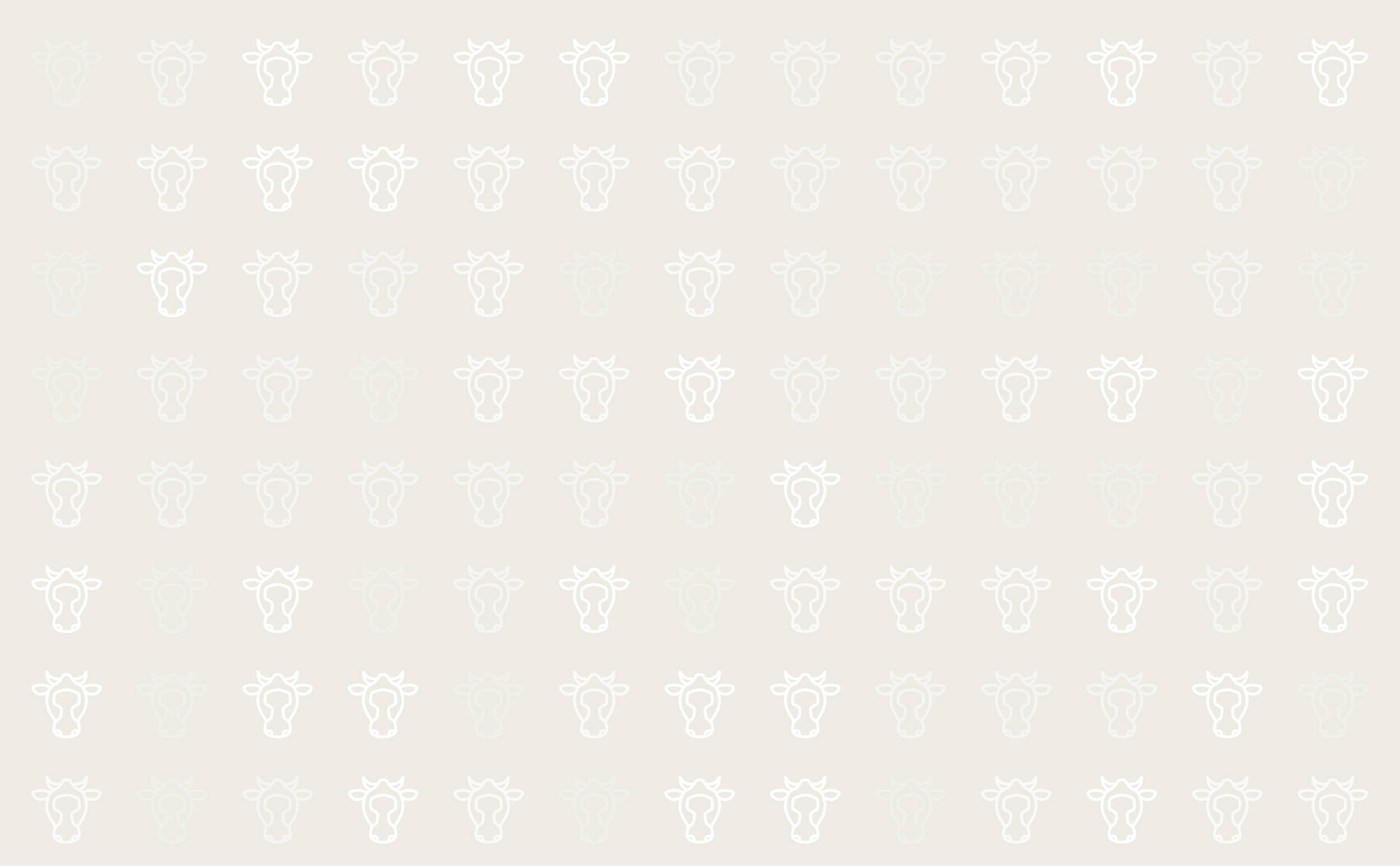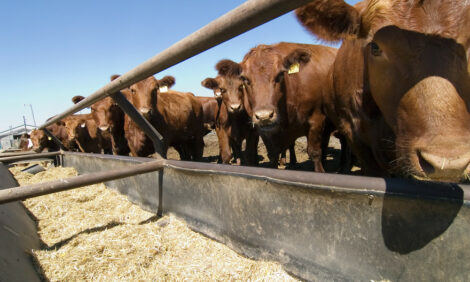



Critics Want Tighter Rules On Animal Feed
US - When officials announced last week that more than 6,000 hogs across the country may have inadvertently ingested an industrial chemical through contaminated pet food, consumer advocates weren't surprisedNow hogs are contaminated with a chemical blamed for killing dogs and cats, and new concerns have arisen that the meat could enter the human food chain. Late last week, the government said all those hogs would be destroyed. But about 45 people in California are already believed to have eaten the tainted pork.
That's prompted some consumers to wonder: What exactly do hogs, cattle and chicken eat?
The answers aren't for the squeamish. The animals, which provide the bulk of the meat eaten by Americans, consume a diet primarily of corn and grain supplemented with vitamins and minerals.
But additives like blood, manure and even unborn calf carcasses are allowed under state or federal rules. Meat byproducts are also common; those are the parts left over after pigs, cattle or other animals are slaughtered and the meat removed for human consumption. The byproducts include the lungs, brain, spleen and internal organs along with bone.
The typical livestock and poultry diet also includes antibiotics to keep them healthy and hormones to speed up growth.
Opponents of feeding those drugs to animals say the supplements wouldn't be needed if the animals weren't kept in cramped and filthy environments. Concerns over feeding and living conditions of livestock and poultry have helped fuel the growth of organic farming, which does not use meat byproducts and hormones in feed.
Source: Charlotte Observer


